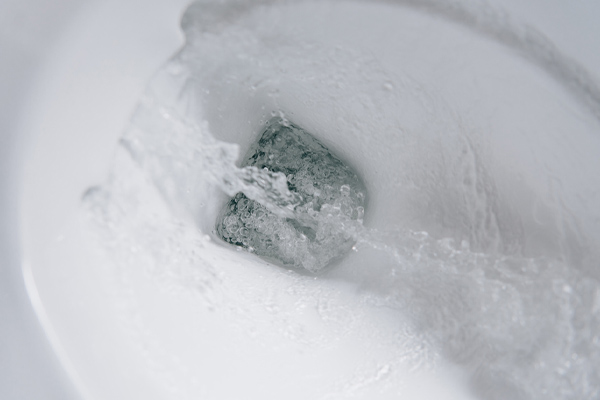If you're looking to renovate your bathroom or add a shower, you may need to move your toilet drain and connect a shower and sink drain pipe. This can sound daunting, but with a little bit of DIY know-how, you can get the job done.

Here's a step-by-step guide on how to install a sink drain pipe and connect a shower drain pipe to your toilet drain.
Materials you'll need :
- PVC pipe
- PVC adhesive
- Saw
- Plumber's putty or silicone sealant
- Pipe wrench
- Plumbing tape
Steps
1. Plan your layout: Plan out where your shower and sink will go, and sketch a rough diagram. This will help you determine where to move your toilet drain.
2. Remove the old toilet: Before making any cuts or adjustments to the pipe, remove the old toilet from the floor. Turn off the water supply to the toilet and disconnect the water line.
3. Disconnect the old toilet drain: With the toilet removed, disconnect the old toilet drain pipe from both the toilet flange and the main sewer line.
4. Cut away the old toilet drain pipe: Use a saw or a heavy-duty cutter to remove the old toilet drain pipe. Make sure to remove any remaining screws or bolts that may have held the old flange to the floor.
5. Prepare your new drain pipe: Measure out the length of PVC pipe you'll need to connect the new toilet flange to the main sewer line. Cut the pipe down to size and apply adhesive to both ends.
6. Install the new toilet flange: Fit the new flange into the opening in the floor, making sure it sits flush. Secure the flange to the floor with screws or bolts.
7. Connect the PVC pipe to the main sewer line: Connect the prepared pipe to the main sewer line using PVC adhesive. Make sure the connection is secure and watertight.
8. Connect the toilet drain to the new flange: Fit the toilet drain pipe into the new flange and secure it with screws. Make sure it fits snugly and securely.
9. Install the shower drain: Mark out the location for the shower drain, and use a saw to cut a hole in the floor. Fit the shower drain into the hole, and secure it with silicone sealant or plumber's putty.
10. Connect the shower drain to the main sewer line: Measure out the length of PVC pipe you'll need to connect the shower drain to the main sewer line. Cut the pipe down to size and connect it to both the shower drain and the main sewer line using PVC adhesive.
11. Install the sink drain: Mark out the location for the sink drain, and use a saw to cut a hole in the wall behind the sink. Connect the sink drain to the pipe using plumbing tape and secure it with a pipe wrench.
12. Test the new drains: Turn on the water supply and flush the toilet to test the new drain connections. Check for any leaks or drips, and tighten any connections or joints that may need it.
Moving your toilet drain and connecting a shower and sink drain pipe may seem like a difficult task, but with the right materials, tools, and a little bit of elbow grease, you can get the job done in no time. Always be sure to test your new drain connections thoroughly to ensure they're secure and leak-free.